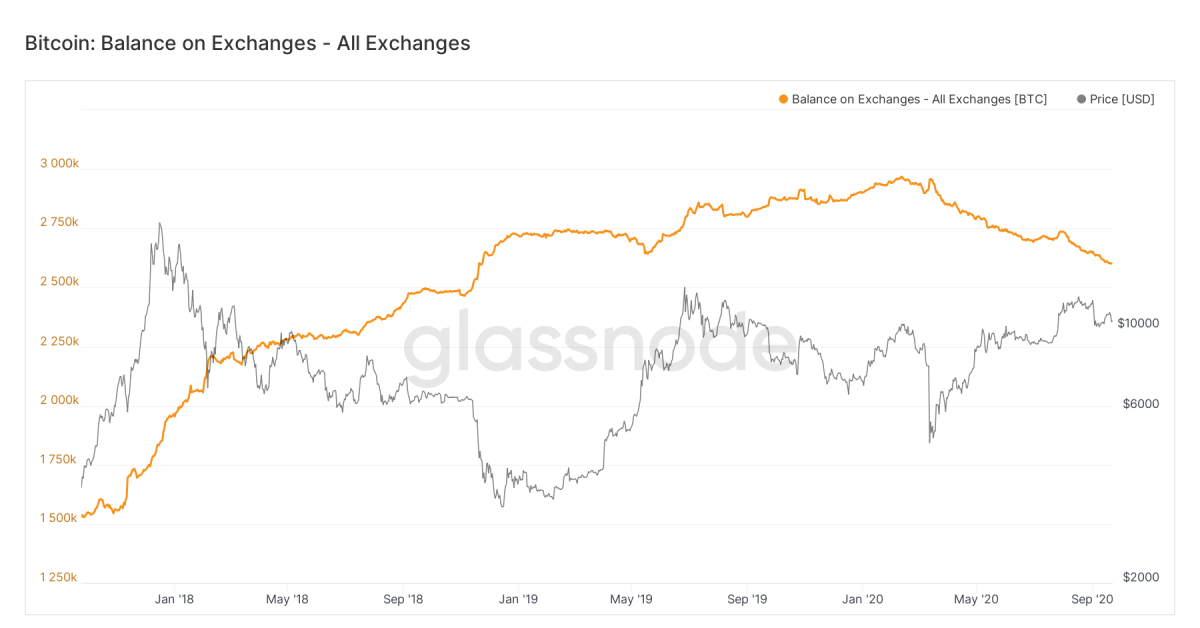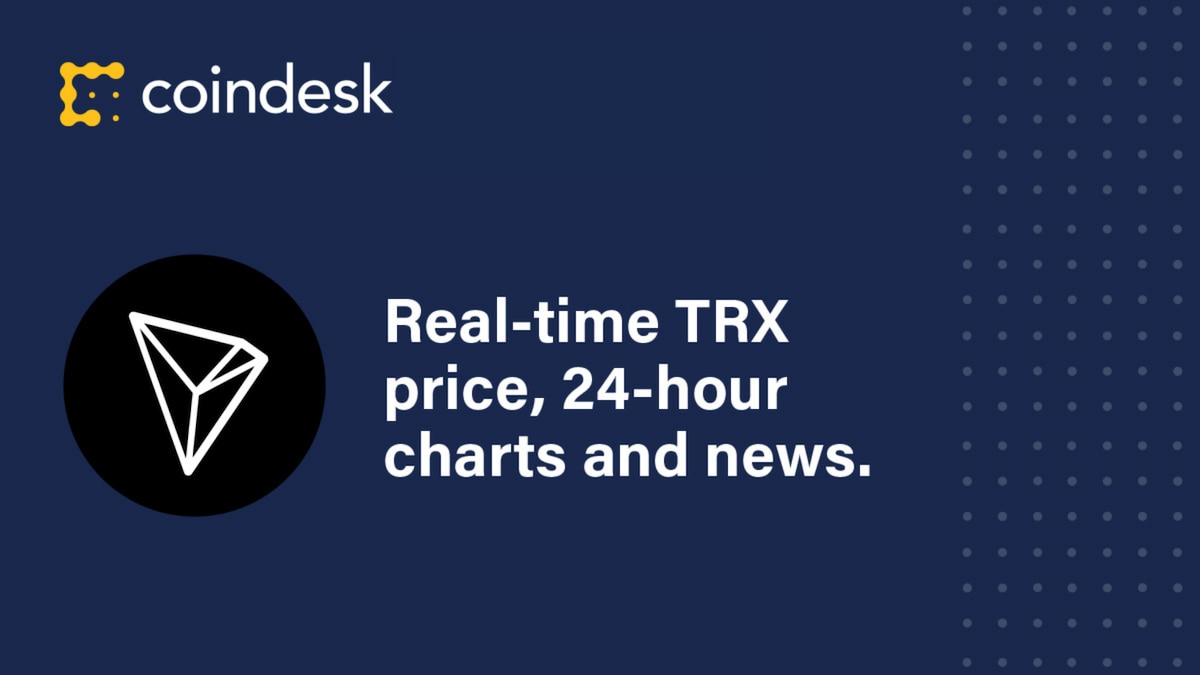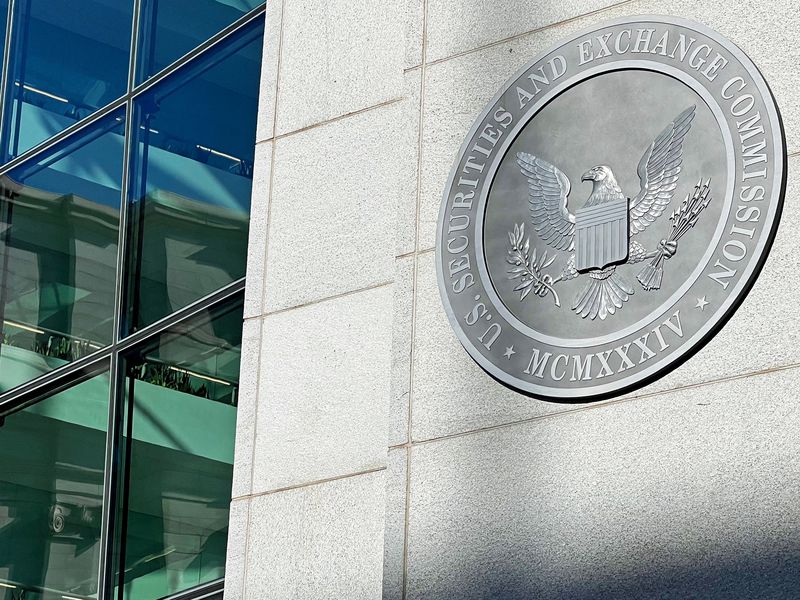EY’s Paul Brody Expects Consumer DeFi Ignition in 2021
Welcome to the world of boomer DeFi.

EY’s Paul Brody Expects Consumer DeFi Ignition in 2021
Chief among EY blockchain lead Paul Brody’s predictions for 2021: Financial institutions will bring decentralized finance (DeFi) to a consumer audience.
“If I had to make a bold prediction,” Brody told CoinDesk last week, “I think by the end of 2021, at least one major financial institution will up the game on everybody else by offering some form of consumer DeFi, accessible through their single transactional window to a large consumer base.”
Bold indeed. Large institutions may be warming to digital assets, but DeFi, the surging bricolage of crypto lending platforms (with a total value locked of over $25 billion), is not for the uninitiated.
EY’s blockchain team is always talking to banks and enterprise players, said Brody, and large companies are seeing things like Square’s published bitcoin numbers for its Cash App (growing at 700% per annum) and they want a piece.
Brody has gained kudos for his close attention to privacy tech like zero-knowledge proofs, and how such techniques can help bring public blockchains within the firewalls of big businesses. Most recently, Brody teamed up with ConsenSys engineer John Wolpert to create the Baseline Protocol, an Ethereum-based reconciliation system for enterprise firms.
Asked which large companies he sees launching consumer DeFi, Brody believes this will emerge via app services: the Robinhoods, PayPals and Publics of the world.
“It’s going to be one of the newer-generation app services that are busy integrating everything within a single transactional window, where you can buy crypto, you can have bank deposits, you can buy stocks, etc.,” Brody said.
That said, industrializing DeFi connectivity is not going to be a free-for-all, Brody added. “It will be a very carefully curated set of offerings, and firms will have to really think through how they explain and sell these things to the general public.”
Key ingredients
Two major catalysts will help this DeFi conversion take place, according to Brody. Firstly, the testing, auditing and hardening of smart contracts; secondly, the inclusion of regulated stablecoins in the space.
“Regulated stablecoins will make it a more mature sector for institutional investors and for the big money to come in,” said Brody. “And while some traders think the volatility of crypto is a feature, not a bug, the value proposition of DeFi isn’t based on the volatility of crypto; it’s based on the ability to put your money to work in an automated fashion.”
A final piece of the institutional DeFi puzzle is the introduction of real-world assets into the on-chain space.
“It can’t just be other virtual assets,” said Brody. “It must go beyond that, whether a piece of property or a stock that can be used in an automated DeFi ecosystem.”
Bringing real-world assets into DeFi is an alluring idea, but there are tricky questions around how to plug the on-chain world into the real world, how to settle disputes and so on.
“This is where I have long believed there’s an enormous role for independent third parties,” said Brody. “There is no algorithm or voting process, I believe, that you can use to do dispute resolution.”









